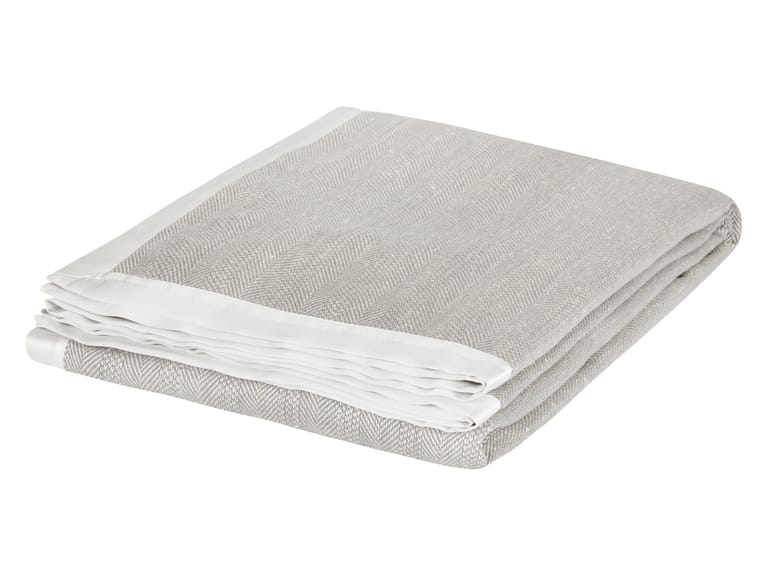The Cultural Significance of Blankets Across the World
Blankets have long been cherished not just for their practical benefits but for their deep cultural meanings. Across different cultures, they symbolize comfort, security, and heritage. This article will delve into the historical context of blankets, highlighting how they have been used in rituals, celebrations, and everyday life, providing insights into the communities that cherish them.
A Tapestry of Traditions
Throughout history, blankets have served as essential elements in various cultures, representing more than mere warmth. From the intricate woven textiles of indigenous peoples to the luxurious throws gracing modern homes, each blanket tells a story. In many indigenous communities, blankets are woven with symbols that reflect the identity and history of the people. For example, the Navajo people of North America are renowned for their beautiful woolen blankets, which often feature geometric patterns representing elements of nature and spirituality.
Key Figures in Blanket History
1. Chief Joseph (1840-1904)
Chief Joseph, the leader of the Nez Perce tribe, is a notable figure in American history whose life story is intertwined with the significance of blankets. His people traditionally used beautifully crafted blankets not only for warmth but also as symbols of status and identity. During the Nez Perce War, blankets became a poignant symbol of the tribe's struggle. Chief Joseph famously stated, “I will fight no more forever,” at a surrender that marked the end of the conflict, which also represented the loss of traditional ways, including the use of their cherished blankets.
2. Frida Kahlo (1907-1954)
The celebrated Mexican artist Frida Kahlo often incorporated traditional textiles into her art and personal style, including blankets. Her use of vibrant colors and indigenous patterns in her clothing and surroundings celebrated Mexican culture and heritage. Kahlo’s affinity for traditional Mexican blankets, or “sarapes,” reflected her identity and connection to her roots, inspiring many to appreciate the cultural significance of such textiles.
3. William Morris (1834-1896)
A pivotal figure in the Arts and Crafts Movement, William Morris emphasized the importance of craftsmanship and the beauty of handmade textiles. His designs featured floral and natural motifs inspired by traditional craftsmanship, including blankets suitable for the home. Morris believed that well-designed and handcrafted items could enhance domestic life, thus elevating the humble blanket to a piece of art that speaks to cultural identity and aesthetic value.
Modern Interpretations and Sustainability
In today’s world, the appreciation for blankets transcends mere functionality, as seen in products like the Coyuchi Carmel Organic Cotton and Merino Wool Blanket. This exquisite blanket is woven from organic cotton and merino wool, providing not just comfort but also a commitment to sustainability. The careful crafting of this blanket reflects a growing awareness of environmental responsibility, merging traditional techniques with modern sensibilities.

Coyuchi Carmel Organic Cotton and Merino Wool Blanket
Woven in Germany from 100% organic cotton grown in Mali and Tanzania, and merino wool from Uruguay, this luxurious blanket exemplifies comfort and sustainability. Finished with a blanket stitch on the edge, it is both warm and washable, catering to modern needs while honoring traditional craftsmanship.
Price: $398.00
Cultural Significance in Everyday Life
Blankets have found their way into the daily lives of many, not only in homes but also in various ceremonies and rituals. From weddings to funerals, blankets often play a role in marking significant life events. In some cultures, they are gifted to newlyweds as symbols of warmth and protection. In others, they serve as protective coverings for the deceased, representing a final embrace from loved ones. This multifaceted use highlights the blanket's role as a cultural artifact that carries emotional weight and historical significance.
Conclusion
As we explore the cultural significance of blankets, it becomes evident that they are more than just items of comfort; they are woven narratives of identity, heritage, and community. The stories told through these textiles remind us of our interconnectedness and the shared experiences that transcend geographical boundaries. Whether it is the intricate patterns of indigenous blankets or the luxurious feel of modern designs, each blanket carries with it a rich tapestry of meaning that continues to evolve with time.

